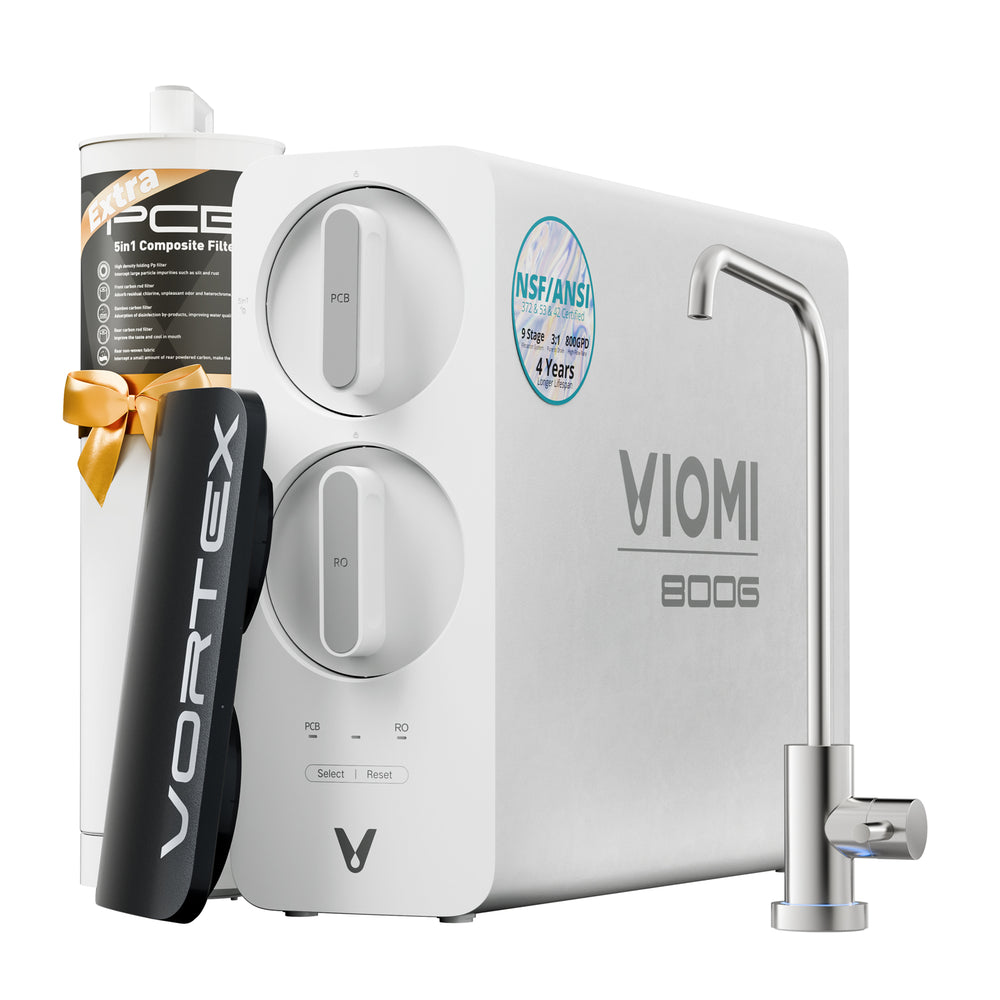Unlock the Secrets of Under Sink Reverse Osmosis: Transform Your Water Today!
In an age where health and wellness are paramount, the quest for clean drinking water has become more critical than ever. Enter the under sink reverse osmosis water purifier, a system that is gaining popularity in households across the globe. These under-sink units not only conserve counter space but also ensure that the water you consume is pure and contaminant-free. With concerns about water quality on the rise, understanding how these systems work and their numerous benefits is essential for anyone looking to improve their health through better hydration. This article aims to delve into the workings of under sink reverse osmosis purifiers and highlight the myriad advantages they offer.

Understanding Reverse Osmosis Technology
Reverse osmosis (RO) is a water purification process that uses a semi-permeable membrane to remove impurities from water. The fundamental principle behind this technology is relatively simple: water is forced through the membrane, which allows only water molecules to pass while blocking larger molecules and contaminants. The result is cleaner, safer drinking water. The process begins with pre-filtration, where larger particles such as sediment and chlorine are filtered out. This step is crucial as it protects the RO membrane from damage and extends its lifespan. Once the pre-filtration is complete, water is pushed through the RO membrane, where contaminants such as heavy metals, salts, and microorganisms are effectively removed. Finally, the purified water undergoes post-filtration to ensure any remaining tastes or odors are eliminated, resulting in crisp, clean water that's ready for consumption.
Components of Under Sink Reverse Osmosis Systems
An under sink reverse osmosis system consists of several key components, each playing a vital role in the purification process. The first component is the sediment filter, which captures larger particles like sand and dirt. This is followed by a carbon filter that removes chlorine and other chemicals that can affect taste and odor. The heart of the system is the RO membrane itself, typically made from a thin-film composite material. This membrane is capable of filtering out up to 99% of dissolved contaminants. After passing through the membrane, the water then flows through a post-carbon filter, which polishes the water by removing any residual tastes or odors. Finally, the purified water is stored in a pressurized tank, ready to be dispensed whenever needed. Understanding these components helps appreciate the complexity and efficiency of under sink reverse osmosis systems, ensuring that every drop of water is as clean as possible.
Benefits of Using Under Sink Reverse Osmosis Purifiers
The advantages of under sink reverse osmosis purifiers are numerous and compelling. One of the most immediate benefits is the significant improvement in water taste and odor. Many users report a fresher, cleaner taste that enhances their drinking experience. Additionally, these systems are highly effective at removing a wide range of contaminants, including lead, arsenic, nitrates, and more. This means that you can enjoy peace of mind knowing that your drinking water is safe and free from harmful substances. Convenience is another major advantage; with a dedicated faucet for purified water right at your sink, you no longer have to rely on bottled water. This not only saves you money in the long run but also reduces plastic waste, making it an environmentally friendly choice. In fact, a friend of mine recently made the switch to an under sink system and shared how much more convenient it is to fill up a glass straight from the tap rather than carrying heavy bottles from the store.
Installation and Maintenance Considerations
Installing an under sink reverse osmosis system is a straightforward process, typically involving basic plumbing skills. Most systems come with detailed instructions, making it a feasible DIY project for many homeowners. However, it’s essential to ensure that you have the necessary space under your sink and that your plumbing setup is compatible. Once installed, maintenance is relatively simple but crucial for optimal performance. Regular filter changes are necessary, typically every six months to a year, depending on your water quality and usage. Additionally, periodic system checks can help catch any issues before they become significant problems. A friend who installed a system shared the importance of setting reminders for these maintenance tasks to ensure the system always operates at peak efficiency.
Final Thoughts on Under Sink Reverse Osmosis Systems
In summary, under sink reverse osmosis water purifiers offer a powerful solution for improving drinking water quality in the home. From their advanced filtration technology to the convenience of having purified water readily available, the benefits are clear. With an emphasis on health, taste, and environmental responsibility, investing in such a system can lead to a healthier lifestyle. If you’re concerned about the quality of your water, consider exploring the advantages of under sink reverse osmosis purifiers as a means to ensure you and your family enjoy the best hydration possible.



